Algal toxins a threat to aquatic organisms and humans
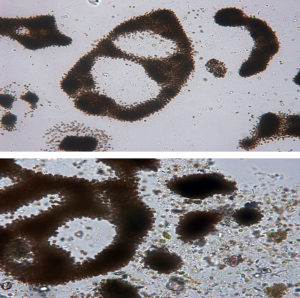
Microcystins are the most commonly found and poisonous algal toxins produced by several harmful cyanobacterial species. Microcystins are usually associated with freshwater environments, and can be accumulated by aquatic animals such as mussels, snails, zooplankton, shrimp, frogs and fish through ingestion of drinking water and foods with bioaccumulated toxicity.
Microcystins are monocyclic heptapeptides including several variants. As a family of potent liver toxins, they can cause hepatotoxicosis, gastroenteritis and allergic reactions, and are potentially hazardous in ecosystems and to human health.
Microcystins are associated with Microcystis, Anabaena, Oscillatoria, Nostoc, Hapalosiphon and Anabaenopsis algal species. M. aeruginosa is the primary microcystin-producing species. It often forms blooms in eutrophic freshwater ecosystems, representing a threat to aquatic organisms and human beings.
Microcystin control
Since their molecular structure has cyclic and double bonds, microcystins have considerable physiochemical stability. Existing water treatment processes such as coagulation, sedimentation, filtration and chlorination are ineffective at removing the toxins. Therefore, techniques for eliminating the microcystin-producing algae in water bodies have been developed instead of direct microcystin removal during water treatment.
The most promising control strategy with respect to maximum effectiveness and minimal costs and environmental impacts is flocculation and sedimentation of harmful algal blooms with clay.
Over the past 25 years, clays have been investigated in several countries as a means of removing harmful algae from the water column.
China study
In China, many freshwater bodies have been contaminated by organic compounds, and more than two-thirds are eutrophic. As a result, toxic cyanobacteria blooms occur frequently, and algal toxins, especially microcystins, are a serious concern. Developing safe and efficient techniques to control M. aeruginosa has become a top priority in China today.
The authors recently performed a study to investigate microcystin concentrations in Nile tilapia muscle tissue and surrounding pond water from a typical eutrophic fish pond in Hubei province, China (Table 1). Furthermore, it aimed to develop removal methods for eliminating the dominant microcystin-producing species, M. aeruginosa.
Biyu, Concentrations and distributions of microcystins, Table 1
| Sample Date | Cyanobacteria (%) | Dominant Cyanobacteria | Microcystin (%) | Microcystin Concentration (ng/g) in Fish Muscle |
|---|---|---|---|---|
| July | 36.59 | Microcystis | 0.134 ± 0.041 | 0.84 ± 0.84 (0.10-2.21) |
| August | 27.13 | Microcystis, Coelosphaerium species | 0.052 ± 0.017 | 0.68 ± 0.49 (0.33-1.49) |
Two types of clay were used to remove both laboratory-cultured and field-collected M. aeruginosa: chitosan- and polymeric aluminum chloride (PAC)-modified clay (kaolin).
Clay treatment
Results showed that both clays removed cultured M. aeruginosa effectively. After treatment with clay, the algae settled to the pond bottom, and cell vitality decreased noticeably. The sedimented M. aeruginosa cells died within a month of flocculation with chitosan-modified clay. Maximum electron transport rates (ETRmax), a measure of photosynthetic activity, decreased by 76 percent after one month.
For algae treated with PAC-modified clay, algal cells became yellowish and decayed in a week. ETRmax declined 79 percent after one week. Of the two treatments, PAC-modified clay had a faster and slightly stronger effect. Table 2 shows optimal dosages of both clay treatments.
Biyu, Optimal doses of coagulants for maximum algal removal, Table 2
| Algal Concentration (mg/L Chlorophyll-a) | Optimal Dose Chitosan-Modified Clay (ml) | Optimal Dose PAC-Modified Clay (ml) |
|---|---|---|
| 0.19 | 0.5 | 2.0 |
| 0.27 | 0.8 | – |
| 0.38 | 2.0 | – |
| 0.43 | – | 4.0 |
| 0.64 | 5.0 | – |
| 0.72 | – | 8.0 |
| 1.10 | – | 14.0 |
Chitosan-modified clay is more environmentally friendly because it does not contain aluminum chloride and is biodegradable. It can effectively remove field-reared M. aeruginosa. After chitosan-modified clay treatment, chlorophyll-α decreased 98.6 percent.
Editor’s Note: Co-author Yang Yi passed away on July 31, 2009. Yang Yi was an accomplished scholar, an excellent researcher and an innovator in applying simple aquaculture techniques to gain efficiency for small-scale farmers. He was on faculty at the Asian Institute of Technology in Bangkok and later at Shanghai Ocean University. He was also president of the Asian Fisheries Society from 2007 until 2009.
(Editor’s Note: This article was originally published in the November/December 2010 print edition of the Global Aquaculture Advocate.)
Now that you've reached the end of the article ...
… please consider supporting GSA’s mission to advance responsible seafood practices through education, advocacy and third-party assurances. The Advocate aims to document the evolution of responsible seafood practices and share the expansive knowledge of our vast network of contributors.
By becoming a Global Seafood Alliance member, you’re ensuring that all of the pre-competitive work we do through member benefits, resources and events can continue. Individual membership costs just $50 a year.
Not a GSA member? Join us.
Authors
-
Dr. Song Biyu
College of Resources and Environmental Science
Wuhan University
Wuhan, Hubei Province, China[109,111,99,46,108,105,97,109,103,64,117,121,105,98,103,110,111,115]
-
Dr. Yang Yi
Michigan Sea Grant
School of Natural Resources and Environment
University of Michigan
Ann Arbor, Michigan, USA -
Dr. James S. Diana
Michigan Sea Grant
School of Natural Resources and Environment
University of Michigan
Ann Arbor, Michigan, USA
Tagged With
Related Posts
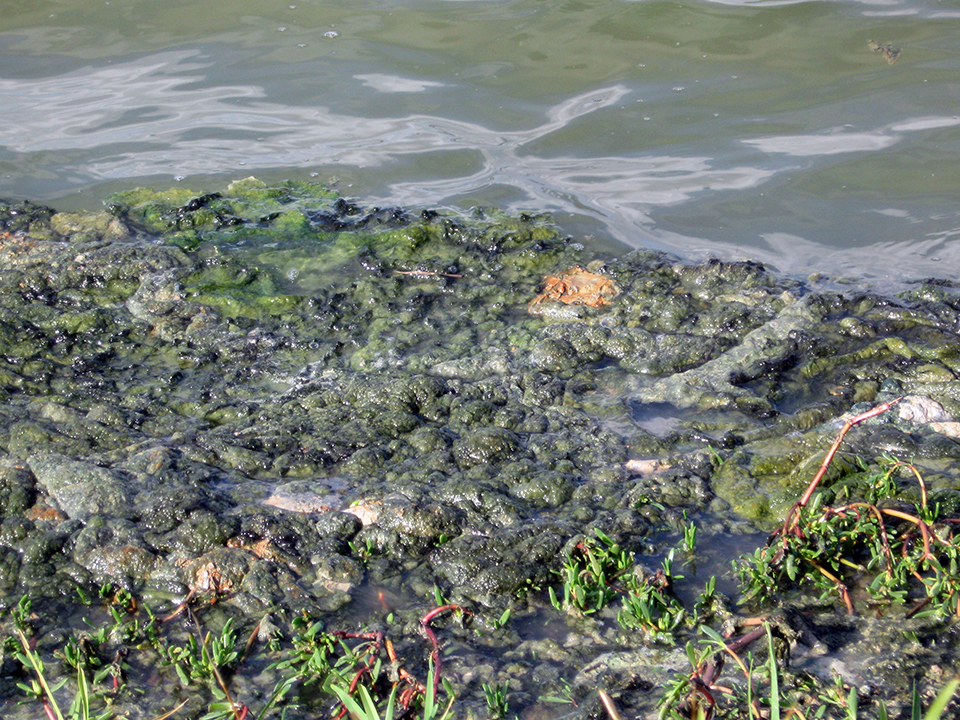
Health & Welfare
Blue-green algae pose toxic risks in shrimp, fish culture
The toxins from blue-green algae pose a threat to animal health and potentially to consumers if they are present in farmed product. Culture animals that ingest these toxins may not die, but can be weakened, increasing their susceptibility to pathogens.
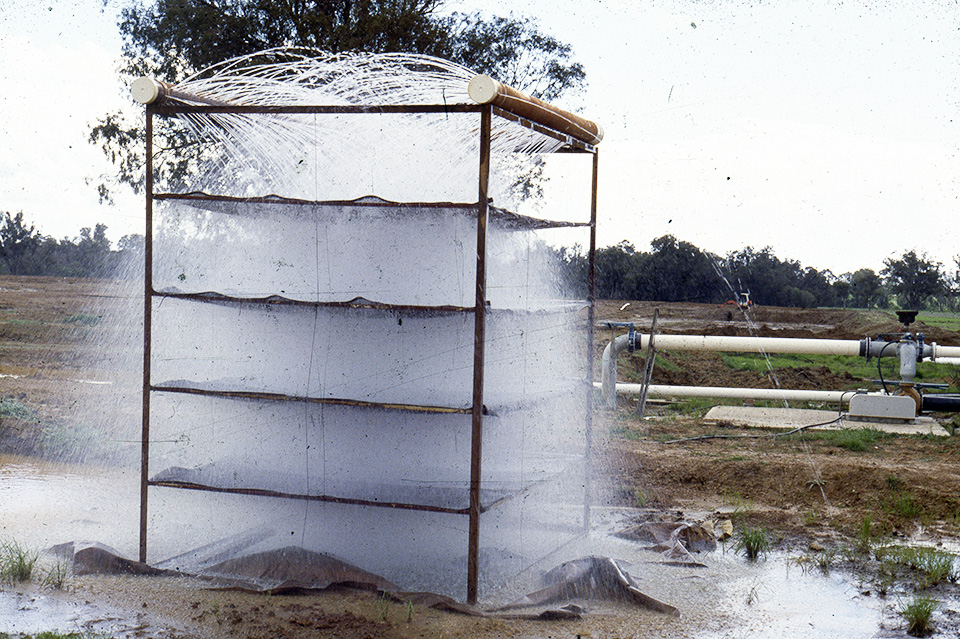
Responsibility
Assessing groundwater quality in aquaculture
Those interested in using groundwater for aquaculture should perform a thorough chemical analysis of the water. Several problems related to groundwater use in hatcheries and holding or transport vessels can be alleviated by degassing or aeration.
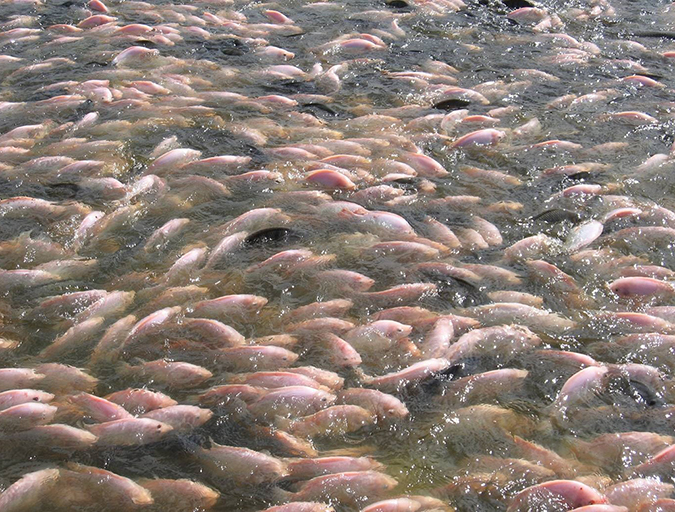
Health & Welfare
Common salt a useful tool in aquaculture, part 1
The preventive use of common salt (sodium chloride) by commercial producers of freshwater fishes has many benefits, including helping with the routine prevention of losses due to diseases, stress and mishandling during transport, harvesting, grading, counting, weighing and induced spawning.
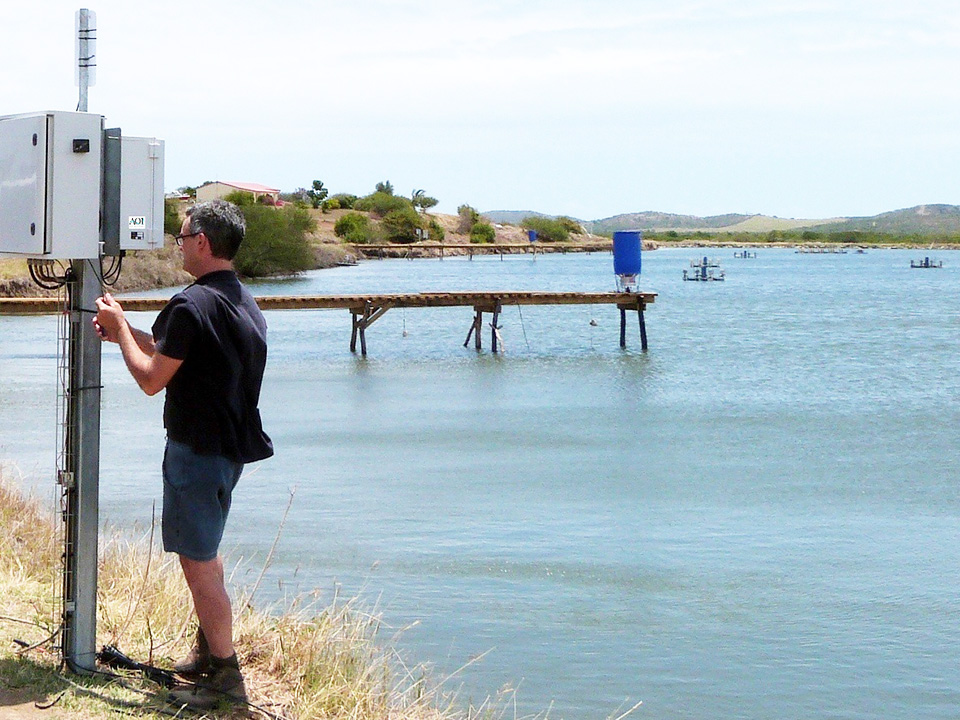
Innovation & Investment
Acoustic control improves feeding productivity at shrimp farms
In systems recently developed for shrimp farms, passive acoustic-based technology enables sensor-based control of multiple automatic feeders. Improved growth and feed conversion have been recorded at commercial farms using the technology.


